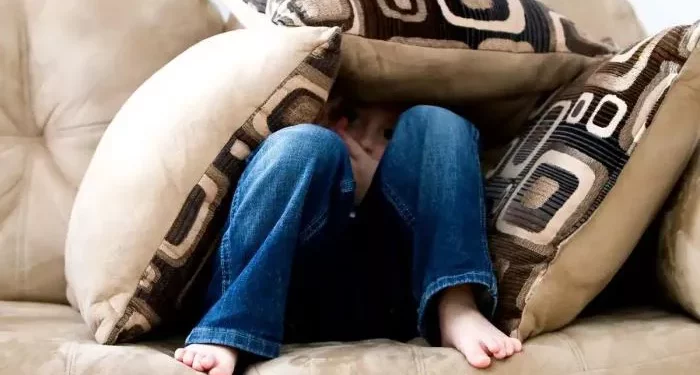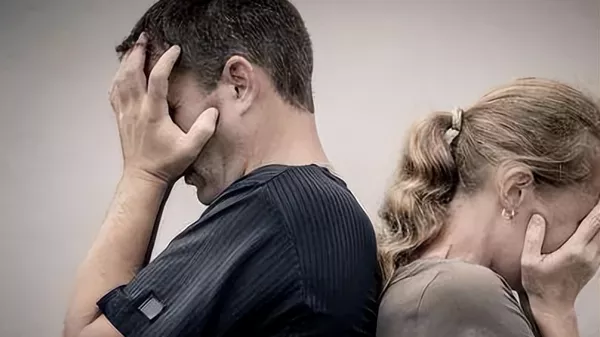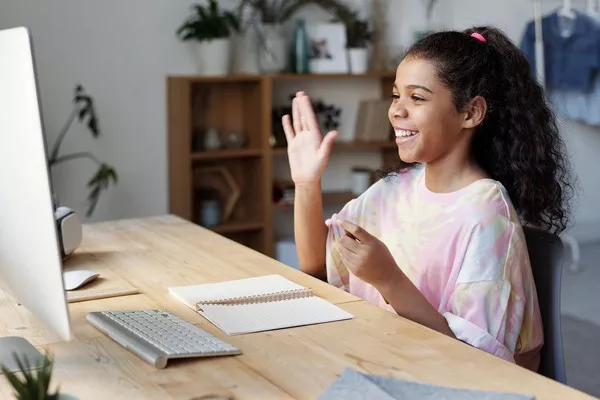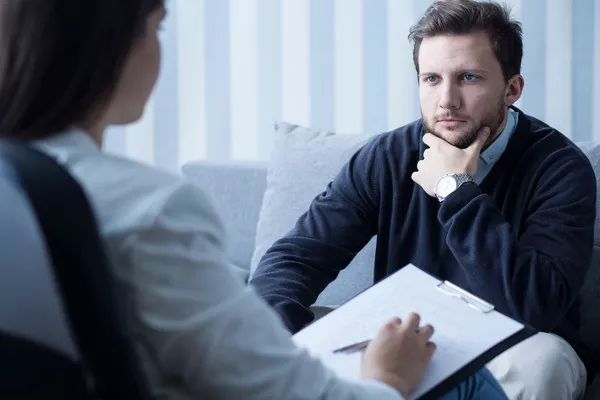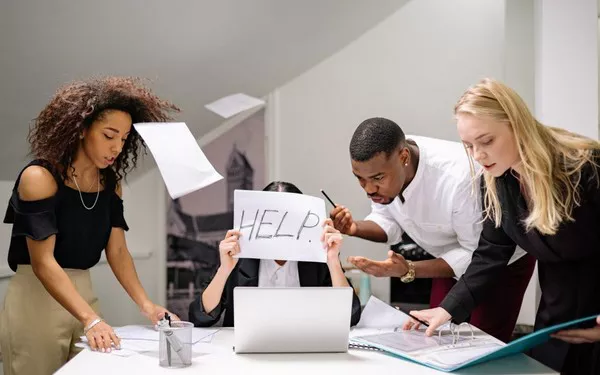Claustrophobia is an intense fear of confined spaces. People with claustrophobia often experience anxiety in situations where they feel trapped or unable to escape. This fear can significantly impact daily life, making it difficult to use elevators, ride in cars, or even visit crowded places. Understanding claustrophobia and learning effective coping strategies can help individuals manage their fears and improve their quality of life. This article will explore what claustrophobia is, its symptoms, causes, and practical strategies to cope with this condition.
Understanding Claustrophobia
What is Claustrophobia?
Claustrophobia is classified as a specific phobia, which is an irrational fear of a specific object or situation. In the case of claustrophobia, the fear is related to being in enclosed spaces, such as elevators, small rooms, or crowded areas. While many people may feel uncomfortable in tight spaces, those with claustrophobia experience overwhelming anxiety that can lead to panic attacks.
Symptoms of Claustrophobia
The symptoms of claustrophobia can vary in intensity from person to person. Common symptoms include:
Physical Symptoms:
- Rapid heartbeat
- Shortness of breath
- Sweating
- Trembling or shaking
- Dizziness or lightheadedness
- Nausea
Emotional Symptoms:
- Intense fear or panic
- Feelings of helplessness
- A strong urge to escape the situation
- Anxiety about future encounters with confined spaces
Causes of Claustrophobia
The exact cause of claustrophobia is not always clear, but several factors may contribute to its development:
Genetics: A family history of anxiety or phobias may increase the likelihood of developing claustrophobia.
Traumatic Experiences: A past traumatic event involving confinement, such as being trapped in a small space, can trigger claustrophobia.
Learned Behavior: Observing others with a fear of confined spaces can lead to the development of similar fears.
Brain Chemistry: Imbalances in brain chemicals associated with anxiety may play a role in the development of phobias.
The Impact of Claustrophobia
Claustrophobia can have a significant impact on a person’s daily life. Here are some ways it can affect individuals:
Limitations on Daily Activities
People with claustrophobia may avoid situations that trigger their fear. This can limit their ability to participate in everyday activities, such as:
Using elevators or escalators
Traveling by airplane or train
Attending crowded events or concerts
Visiting small rooms or confined spaces
Increased Anxiety and Stress
Living with claustrophobia can lead to chronic anxiety and stress. The constant worry about encountering confined spaces can create a cycle of fear that is difficult to escape. This can result in physical symptoms such as headaches, fatigue, and digestive issues.
Strained Relationships
Claustrophobia can also affect relationships with friends, family, and colleagues. The fear of confined spaces may lead to misunderstandings or conflicts, especially if loved ones do not understand the severity of the phobia.
Decreased Quality of Life
The limitations imposed by claustrophobia can diminish overall quality of life. It can prevent individuals from enjoying experiences, traveling, or pursuing career opportunities due to fear and anxiety.
Strategies to Cope with Claustrophobia
While claustrophobia can be challenging, there are effective strategies to manage and reduce its impact. Here are some practical techniques:
1. Educate Yourself About Claustrophobia
Understanding claustrophobia is the first step toward managing it. Educate yourself about the condition, its symptoms, and its causes. Knowledge can empower you to confront your fears and reduce anxiety.
Read Books and Articles: Look for reputable sources that explain claustrophobia and provide coping strategies.
Join Support Groups: Connecting with others who share similar experiences can provide valuable insights and support.
2. Recognize Your Triggers
Identifying specific situations that trigger your claustrophobia is crucial for developing coping strategies. Here’s how to do it:
Keep a Journal: Write down situations that make you feel anxious. Note the details, such as the location, people present, and your physical sensations.
Identify Patterns: Look for patterns in your triggers. Are there specific places or situations that consistently cause anxiety?
3. Practice Deep Breathing
Deep breathing exercises can help calm your mind and body when you feel anxious. Here’s a simple technique to try:
Find a Comfortable Position: Sit or lie down in a quiet place.
Inhale Slowly: Breathe in deeply through your nose for a count of four. Focus on filling your lungs with air.
Hold Your Breath: Hold your breath for a count of four.
Exhale Slowly: Release your breath slowly through your mouth for a count of six.
Repeat: Continue this process for several minutes until you feel more relaxed.
4. Use Visualization Techniques
Visualization can be a powerful tool for managing anxiety. By imagining a peaceful scene, you can create a sense of calm. Here’s how to practice visualization:
Close Your Eyes: Find a quiet place and close your eyes.
Imagine a Safe Place: Picture a place where you feel safe and relaxed. This could be a beach, a forest, or any other calming environment.
Engage Your Senses: Focus on the details of this place. What do you see? What do you hear? What do you smell? Allow yourself to immerse in the experience.
Stay in the Moment: Spend several minutes in this visualization, allowing yourself to feel calm and secure.
5. Gradual Exposure Therapy
Gradual exposure therapy is a common treatment for phobias. It involves gradually exposing yourself to the feared situation in a controlled manner. Here’s how to implement it:
Create a Fear Hierarchy: List situations related to claustrophobia, ranking them from least to most anxiety-provoking.
Start Small: Begin with the least anxiety-provoking situation. For example, if elevators are a trigger, start by standing near an elevator without getting in.
Gradually Increase Exposure: Once you feel comfortable with the first situation, move on to the next one. Continue this process until you can face the most challenging situations with less anxiety.
6. Cognitive Behavioral Therapy (CBT)
Cognitive Behavioral Therapy (CBT) is an effective treatment for phobias, including claustrophobia. CBT focuses on changing negative thought patterns and behaviors. Here are some key components of CBT:
Identifying Negative Thoughts: Work with a therapist to identify negative thoughts associated with claustrophobia. For example, you may think, “I will panic if I get in an elevator.”
Challenging Negative Thoughts: Learn to challenge these thoughts by questioning their validity. Ask yourself, “What evidence do I have that this will happen?”
Replacing Negative Thoughts: Replace negative thoughts with more realistic and positive ones. For example, “I have used elevators before without panicking.”
7. Practice Progressive Muscle Relaxation
Progressive muscle relaxation is a technique that helps reduce physical tension associated with anxiety. Here’s how to practice it:
Find a Comfortable Position: Sit or lie down in a quiet place.
Tense Each Muscle Group: Start with your toes. Tense the muscles for a count of five, then release.
Move Upward: Gradually work your way up through your body, tensing and relaxing each muscle group (feet, legs, abdomen, arms, shoulders, and face).
Focus on Relaxation: As you release tension, focus on the feeling of relaxation in each muscle group.
8. Use Grounding Techniques
Grounding techniques can help you stay present and reduce feelings of anxiety. Here are some effective methods:
5-4-3-2-1 Technique: This technique involves using your senses to ground yourself. Identify:
- 5 things you can see
- 4 things you can touch
- 3 things you can hear
- 2 things you can smell
- 1 thing you can taste
Focus on Your Feet: Stand or sit comfortably and focus on the sensation of your feet on the ground. Imagine roots growing from your feet into the earth.
9. Build a Support Network
Having a support network can be invaluable when coping with claustrophobia. Here’s how to build one:
Connect with Friends and Family: Reach out to trusted friends and family members. Share your feelings and experiences with them.
Join Support Groups: Consider joining a support group for individuals dealing with anxiety or phobias. Sharing experiences with others can be comforting.
Seek Professional Help: If claustrophobia becomes overwhelming, consider seeking help from a mental health professional. Therapy can provide valuable tools and support.
10. Practice Self-Care
Self-care is essential for managing anxiety and claustrophobia. Taking time for yourself can help you recharge and improve your overall well-being. Here are some self-care practices:
Engage in Hobbies: Spend time doing activities you enjoy, such as reading, painting, or gardening. Hobbies can provide a sense of accomplishment and joy.
Take Relaxing Baths: A warm bath can be soothing. Consider adding Epsom salts or essential oils for added relaxation.
Prioritize Sleep: Create a bedtime routine that promotes relaxation. Avoid screens before bed and consider reading or listening to calming music.
11. Celebrate Small Victories
Managing claustrophobia is a journey, and it’s important to celebrate your progress. Here’s how to acknowledge your achievements:
Keep a Journal: Write down your successes, no matter how small. Reflecting on your progress can boost your confidence.
Reward Yourself: Treat yourself for reaching milestones. This could be as simple as enjoying a favorite snack or taking time for a relaxing activity.
Practice Gratitude: Regularly express gratitude for the positive aspects of your life. Focus on what you are thankful for, even on challenging days.
12. Stay Committed to Your Journey
Coping with claustrophobia is an ongoing process. Stay committed to your journey by:
Continuing Education: Keep learning about claustrophobia and coping strategies. Stay informed about new resources and techniques.
Reassessing Goals: Periodically reassess your goals and coping strategies. Adjust them as needed to fit your current situation.
Seeking Support: Don’t hesitate to reach out for help when needed. Whether it’s a therapist, support group, or trusted friend, having support is essential.
Conclusion
Claustrophobia can be a challenging condition that significantly impacts daily life. However, by understanding the nature of this fear and implementing effective coping strategies, individuals can manage their symptoms and improve their quality of life. Remember that you are not alone in this journey. Seek support from friends, family, or professionals when needed. With time, patience, and commitment, you can learn to cope with claustrophobia and lead a more fulfilling life. Embrace the journey, and take it one step at a time.
Related topics:

